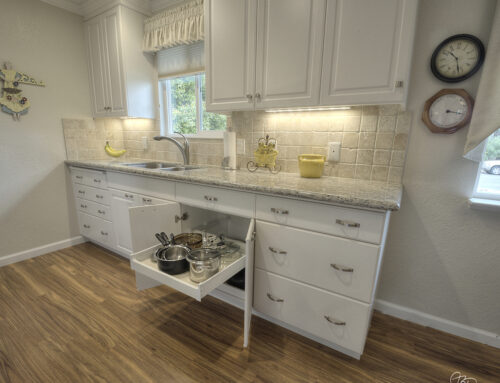The following are myths and facts about about legal recognition of interior designers in California courtesy of the California Council of Interior Designers:
SEEKING LEGAL RECOGNITION FOR INTERIOR DESIGNERS IN CALIFORNIA
MYTH OR FACT?
You may have heard a lot lately from different groups here in California talking about “seeking legal recognition for the interior design profession in California”. There are even fundraisers aimed at this premise in order to underwrite this notion. Here are some facts that will help you understand the misinformation swirling around and dispel some of the myths.
MYTH: Interior designers in California do not have legal recognition.
FACT: Interior designers in California have had the “legal” ability to become Certified Interior Designers as codified into the California Business & Professions Code (CBPC) Section 5800 for the past 25 years. It is not mandatory, but voluntary, so any interior designer who wants “legal” recognition has had the ability to do so. Legal recognition in California is a choice, not a right granted by the legislature.
MYTH: The benefits of legal recognition will expand the scope of practice.
FACT: The scope of practice is not determined by any interior design law. The scope of practice is determined by the architects and engineers practice acts that determine the minimum standard for practicing architecture or engineering. Within both practice acts there are exemptions (CBPC Sections 5537, 5538, 6737.1 & 6745) that have been in place since 1939 which spell out the work that is exempt from the requirements of engaging an architect or engineer to oversee the design. The scope of practice for interior designers cannot be expanded beyond the limits of those exemptions currently codified into law.
MYTH: Legal recognition will eliminate the need for interior designers to pay architects or engineers to redraw, stamp and sign their work.
FACT: As long as a certified interior designer or otherwise, designs below the minimum standards in compliance with the statutory exemptions that require an architect or engineer’s oversight, there is no need for a stamp. The California Building Code in conjunction with the oversight and judgment of the local building official, who has jurisdiction over the project, determines who can and who cannot submit their plans for permit consideration and compliance. Any other title for interior designers will not change this.
MYTH: Legal recognition will ensure the “right” to submit plans to local building authorities for permit issuance purposes.
FACT: No one has a “right” to submit plans for permit, not even architects or engineers. It is a “privilege” not a right! The local building official and the plan check submittal policies of the local jurisdiction make this determination.
MYTH: Legal recognition of the profession would authorize a board similar to the architecture profession.
FACT: In 1990, the state authorized a board to be formed by the interior design profession in California. That board was CCIDC, a non-profit 501(c)3. By law, CCIDC is subject to the oversight of the business and professions committees in both houses of the legislature (through a legislative process called the Sunset Review which takes place every 5 years).
There are currently 4 other boards similar to CCIDC who are non-profit and who are also subject to oversight by the legislature. They are the Registered Tax Preparers (CBPC Section 22250), Certified Massage Therapists (CBPC Section 4600), Certified Industrial Hygienists (CBPC Section 20700), and Certified Common Interest Development Managers (CBPC Section 11500). CCIDC is no different in its duties and responsibilities to its professionals and the general public than any of these other boards, or any other state administered boards. All boards report to and are held accountable to the same standards by the legislature.




